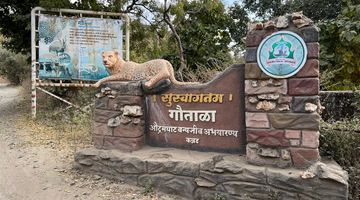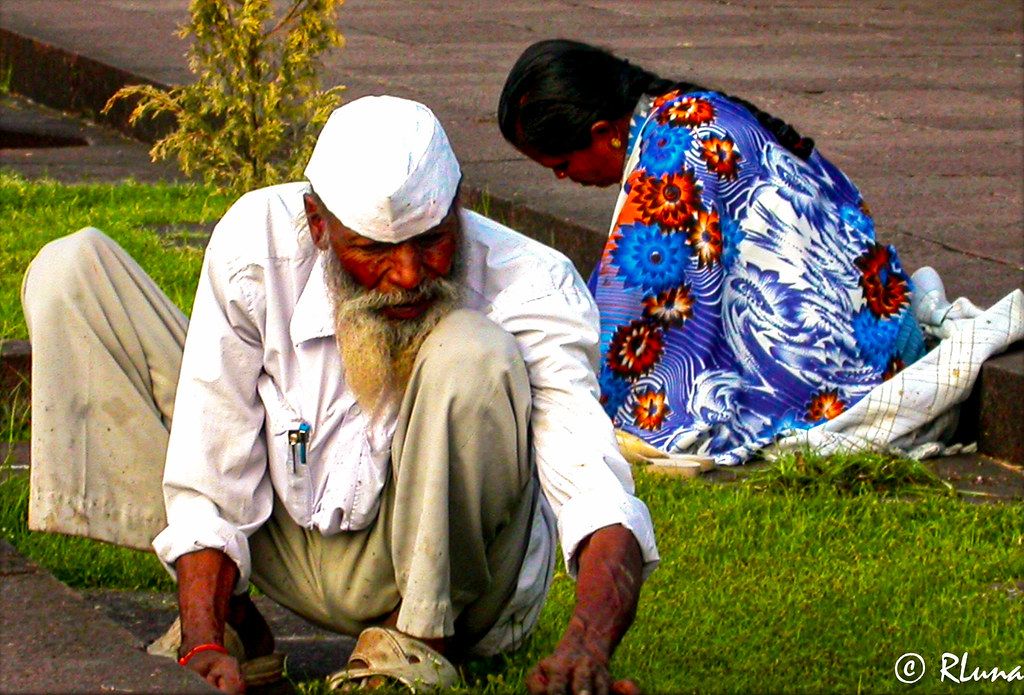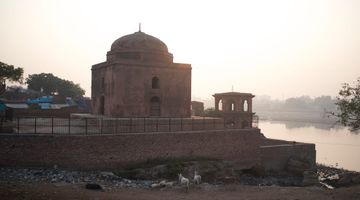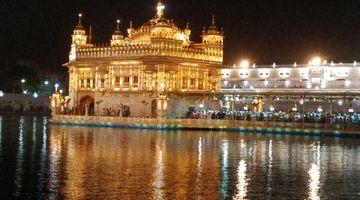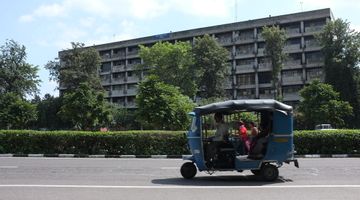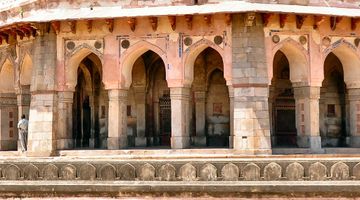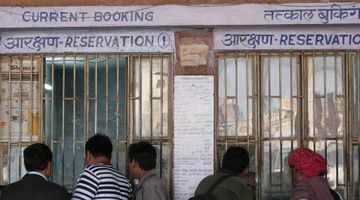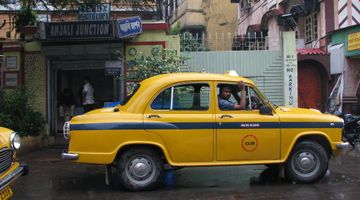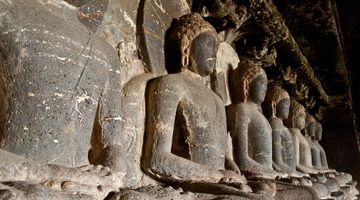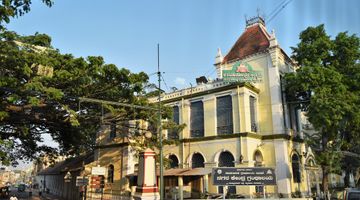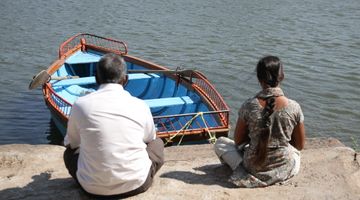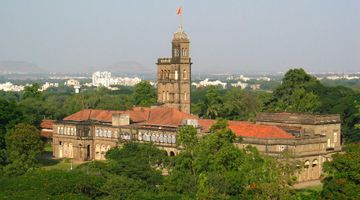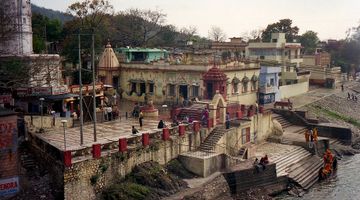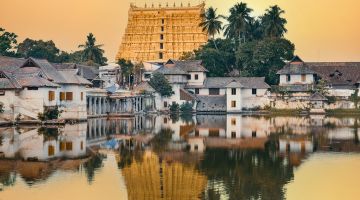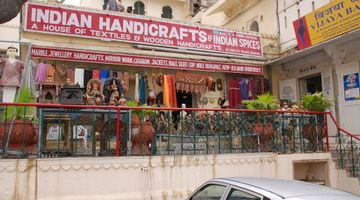Aurangabad India – Top-10 Tourist Attractions and Activities
Aurangabad is a city in Maharashtra which is a popular travel destination for history enthusiasts. Named after the Mughal Emperor, Aurangzeb, it has several monuments and structures which are remnants of some of the most illustrious eras in Indian history. It’s also calmer than many of Maharashtra’s larger cities and has several places which will appeal to nature lovers. For the traveller looking for the ultimate guide of things to do in this historical city, here are the top 10 tourist attractions in Aurangabad.
1. Ajanta Caves
Around a two hour drive from Aurangabad are the Ajanta Caves, a UNESCO World Heritage Site. They are a stunning collection of 34 rock cut caves which were carved over an expansive period of time; from the 2nd century BCE to around 650 CE. Through the years, the caves served various functions from being a retreat for Buddhist monks to being under the patronage of the Vakataka Dynasty. The highlights of each cave are beautiful frescoes, paintings and sculptures, many Buddhist in nature, all stunning examples of ancient Indian artisans’ skills.
The caves are open to visitors from 9 am to 5 pm every day, except on Mondays when they remain closed. Ticket prices are INR10 for Indians and INR250 for foreigners. If you’d like to use a camera (including a mobile phone camera), there is an additional charge of INR25.
2. Ellora Caves
While the Ajanta Caves have primarily Buddhist works of art, the Ellora Caves, a forty minute drive from Aurangabad, are a testament to diversity with Hindu, Jain and Buddhist monuments. There are 34 structures spread across the Ellora Complex which were built between 600 to 1000 CE. The caves feature intricate carvings and sculptures of gods and goddesses with some large rocks which have been lovingly and painstakingly carved into temples. The complex is quite expansive so be sure to wear your walking shoes!
The caves are open from 9 am to 9:30 pm each day except on Mondays. The tickets are INR10 for Indians and INR250 for foreigners. Like the Ajanta caves, there’s a camera fee of Rs.25.
3. Ghrishneshwar Temple
A kilometre away from the Ellora Caves is the towering Ghrishneshwar Temple which translates to “Lord of Compassion”. Dedicated to Lord Shiva, it’s considered one of the 12 most important ‘Shiva’ tempes (known as Jyotirlingas) in India and welcomes flocks of devotees each day. Because of this, it’s typically very crowded, but well worth a visit to see its intricately carved towers.
It’s much smaller than an average temple; walking around it will take one only ten to twenty minutes. It’s open from 5:30am to 9pm and, as it’s a religious structure, does not have an entry charge. To be respectful, do not wear shorts or sleeveless tops when visiting the temple and refrain from taking photos inside it.
4. Aurangabad Caves
Can’t get enough of the caves? Visit the Aurangabad Caves which are a ten minute drive from the Aurangabad city centre. They are Buddhist caves, carved between the 2nd and 7th century (CE). They have carvings of Buddha, of the Hindu God, Ganesh, as well as several sculptures of women with voluptuous figures and heavy ornaments which give one an interesting insight into how women were revered at the time they were created.
Visit the caves any day between 9am and 5pm; entry tickets are INR10 for Indians and INR100 for foreigners. Allow yourself at least two hours to wander through the caves.
5. Bibi Ka Maqbara
While the Ajanta and Ellora caves are the top tourist attractions in Aurangabad, the Bibi Ka Maqbara should also be on every tourist’s radar. It is a mausoleum built for Dilras Banu Begum, the wife of Emperor Aurangzeb of the Mughal Dynasty. The structure is believed to have been built by the queen’s son, Prince Azam Shah and was modelled after the Taj Mahal, earning it the name ‘Taj of the Deccan’. The structure is not as impressive as the Taj Mahal; the years haven’t been as kind to it, but nevertheless it makes for a stunning, surprising sight especially as it is almost within the city centre.
The monument is open from 8 am to 8pm every day and tickets are INR10 for Indians and INR250 for foreigners. It’s advisable to go there early in the day as it tends to get crowded, noisy and sticky as afternoon approaches.
6. Bani Begum Garden
The Mughals certainly constructed some magnificent tombs. Along with the Bibi Ka Maqbara, a few kilometres North of Aurangabad city is the Bani Begum Begum garden, which surrounds a mausoleum built for Bani Begum, either the wife of Emperor Aurangzeb’s son or grandson. The tomb at the middle of the garden is surrounded by lush green lawns and fountains. While the interior of some of the structures are a little decrepit – over the years, the marble tiling has been stripped away by plunderers – the gardens are beautifully maintained and look especially lovely during the monsoon. As well as history enthusiasts, the Bani Begum Garden will delight bird lovers as one sees several species in the garden, especially in the evenings.
Visit the garden from 9am to 6pm.
7. Siddharth Garden and Zoo
Equally beautiful, but much more modern is the Siddharth Garden and Zoo in central Aurangabad. The garden has manicured lawns and wide pathways, sheltered by tall palm trees.
The zoo is also relatively well-maintained and has a wide collection of animals including tigers, hyenas, foxes, crocodiles and deer and an aquarium with several species of fish. If you’re travelling with children, the zoo is well worth a visit as it has a play zone with slides, swings and a working toy train which takes them on regular rides.
While the garden is open from 10 am to 7 pm every day, the zoo is closed from 1pm to 4pm in the afternoon and on Tuesdays. However, it’s better to visit in the morning as it tends to get more and more crowded as the day wears on.
8. Salim Ali Lake and Bird Sanctuary
Named after India’s famous ornithologist, Dr Salim Ali, this lake is yet another must visit destination for nature lovers. During the evenings, especially in winters it hosts several species of birds who fly into roost. There are also several activities one can engage in including boating. Be sure to carry along binoculars or zoom cameras when you visit the lake!
9. Sunheri Mahal
The Sunheri Mahal is yet another century old structure built by the Rajput Kings in the 1650s. However, it also doubles up as a small museum which will give you a deeper insight into the history of Aurangabad and its environs. Its home to several golden paintings, sculptures, weapons, coins and other artefacts.
The entry is INR10 for Indians and INR100 for foreign nationals.
10. Himroo Factory
After exploring Aurangabad, you may decide you want to take a little bit of it home with you. Look for Himroo fabric, made by blending silk and cotton that is used to make shawls. One can buy Himroo at several places across Aurangabad, but do pay a visit to the Himroo Factory near Zaffar Gate which has been producing the luxurious fabric for over 150 years.
One will leave Aurangabad with a deeper insight into India’s rich Mughal history. After exploring Aurangabad, one also comes away with an appreciation of the religious tolerance which would have allowed so many monuments of different faiths to flourish in the same region as well as an appreciation of the skills of early Indian artisans, sculptors and painters.
